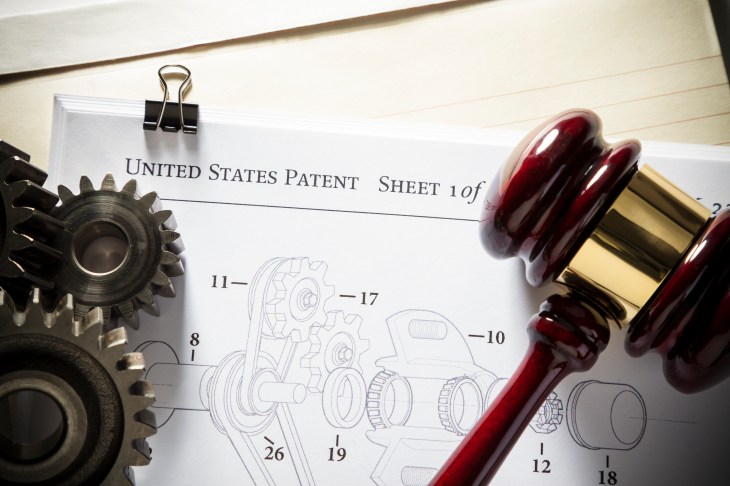We can not pursue our ideas because our time is limited. There just aren't enough hours in the week to turn every good option into profit. Patents are wonderful fix for your problem. If you're the first one to have a very good idea, and protect it from punctures using a how to get a patent with InventHelp, it is possible to benefit from that concept even though you do not have time for you to develop a business around it. This is particularly true of ideas that may take a long time for that infrastructure and market conditions to build up to support the idea. You may get a patent for a fraction from the cost of creating a market, after which wait for your foresight to settle whenever you license your by then extremely valuable ip.

However, not all ideas are worth a patent. Even some great ideas must not be protected since their market potential is restricted. You possibly can make a more disciplined decision about which tips to protect and which tips to forget by conducting a valuation analysis to look for the worth of an idea.
A valuation analysis should focus on an estimate of the dimensions of the marketplace that might be impacted by your idea. You'll find these details from trade groups, government reports, articles about the industry, or perhaps your own knowledge. A quick search will most likely offer you a reasonable idea of market size. A ballpark estimate is generally good enough.
After that you should consider how that market could be changed by the introduction of the invention. If the invention raises the desirability of your service or product because market, then estimate simply how much that increased utility will be worth to a customer. Estimate $ 1 value for that added desirability by asking people who purchase similar products or services just how much it could be worth.
You should also consider the expense and value savings from the idea. In the event the idea makes a service or product cheaper to offer, estimate the unit savings. However, even cost saving ideas have a price to produce. Estimate the expense of bringing the idea to promote, as well as any increased cost use a products or services. Total industry benefits and expenses, including development costs, and unit costs and profits, as a possible unadjusted value to your idea.
Finally, no plan survives contact with the marketplace unchanged. Several things will surely make a mistake, equally as others will go unexpectedly right. You should factor in these almost certain surprises to your estimate. If you discover these calculations to become daunting, sites like hIngenuity Nexus take the estimates and carry out the calculations to suit your needs. Utilize this adjusted value since the potential value to your idea.
Considering its valuation analysis and starting a potential value for your idea can make it far more clear which of the ideas you should protect using a patent, and which you should let go. You should consider patenting those ideas with high potential returns, even if you do not have the time and energy to pursue them yourself. Letting exciting but unprofitable ideas go can be good. It'll release proper effort into generate more ideas, including some that will be worth pursuing.